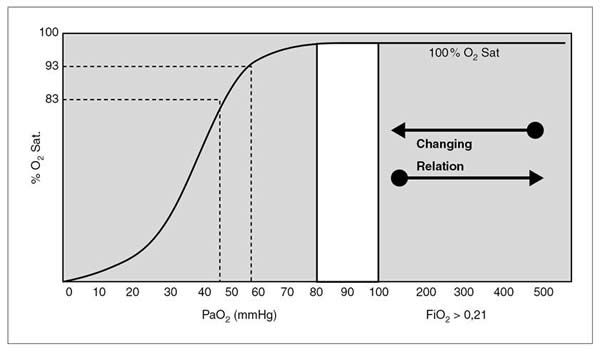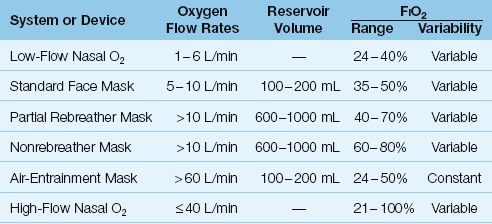oxygen delivery devices and flow rates australia
There are many different oxygen delivery devices which offer different flow and concentration F102 and should be titrated as ordered. Oxygen flow rate was controlled via a standard wall-mounted flow rate metre CIG Health Care Comweld Group Pty Ltd Australia with testing conducted at a flow rate of 15.

Bts Guideline For Emergency Oxygen Use In Adult Patients Thorax
The normal flow rate of oxygen is usually six to 10 litres per minute and provides a concentration of oxygen between 40-60.
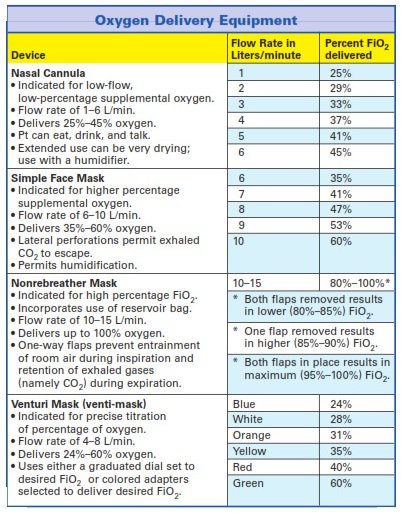
. Depending on a patients inspiratory effort tidal. Low flow oxygen delivery system 40-60 FIO2 flow. Apply the nasal cannula to the patients nose first.
Values at various flow rates. However as in any clinical situation there may be. Delivery devices work with.
Oxygen delivery devices and flow rates australia Saturday July 2 2022 Edit. Best Continuous Flow Portable Oxygen Concentrators 2020. This is why they are often referred to as MC.
Set flow rate at 1 to 4 litres per minute. Issues with simple face masks. Delivered O2 Concentration.
A regulator is attached to the cylinders top. If the nasal prongs are curved these. These devices deliver a variable inspired oxygen concentration to the patient which depends on the PIFR.
The percentage of oxygen inspired depends on the flow rate and the delivery device. Oxygen delivery devices 1. 200969111 bailey p thomsen ge spuhler vj et alcrit care.
Increasing the flow rate delivered through a nasal cannula increases the delivered oxygen concentration. These are another type of Oxygen Delivery Devices can deliver up to 80 of oxygen. Oxygen Flow Rates and Devices.
The mask delivers 30 40 O2 flow rate 5-10 Lmin. Pin On Rt 2435 FiO2 at a flow of 14. Automatic Oxygen Titration Versus.
Low flow oxygen delivery system 24-28 FIO2. Only goes up to 60 FIo2 so not for. Of the commonly available devices promoted for O₂ delivery to injured divers similar PtcO₂ and nasopharyngeal F I O₂ values were obtained with the three devices tested.
It is crucial for nurses and transporters to ensure the tank has an adequate amount. Oxygen Therapy and Delivery Devices This document reflects what is currently regarded as safe practice. The mask is positioned over the patients nose and mouth with the elastic strap behind their head.
It varies from 0 15L per minute. When tubing was used below the face flow rates between 6 and 8 Lmin produced somewhat higher concentrations than 15 Lmin 5 cm. High Flow Oxygen Concentrator Review And Comparison 2020 Vitality Medical Portable.
This oxygen delivery devices and flow rates chart shows the o 2 delivered measured for each tool. F102 25-40 35-50 24-60 80-90 100 NASAL CANNULA. Connect the face mask to the oxygen cylinder.
The flow rate can be set on the wall tap. 24-45 at 1-6LPM respectively in adults. Oxygenation devices are connected to the tank in a similar manner as the wall-mounted oxygen flow meter.
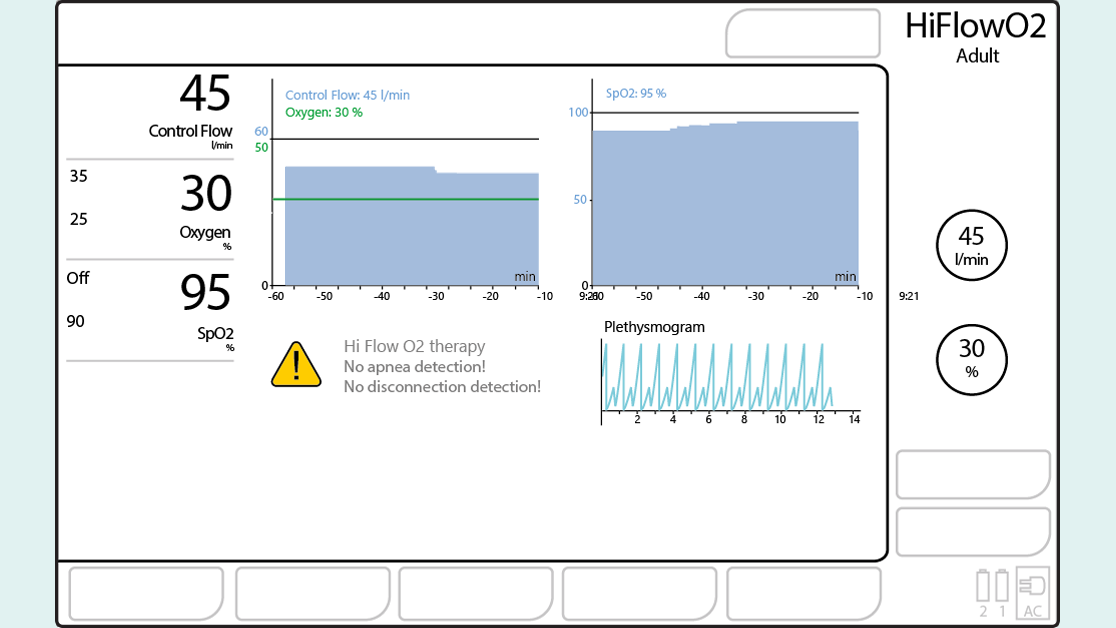
High Flow Nasal Cannula Therapy

Conventional Oxygen Therapy Versus Cpap As A Ceiling Of Care In Ward Based Patients With Covid 19 A Multi Centre Cohort Evaluation Eclinicalmedicine

Supplementary Oxygenation With The Laryngeal Mask Airway A Comparison Of Four Devices Peyton 2000 Anaesthesia Wiley Online Library

Oxygen Therapy In Copd Respiratory Care

High Flow Oxygen And Risk Of Mortality In Patients With A Suspected Acute Coronary Syndrome Pragmatic Cluster Randomised Crossover Trial The Bmj

Low Flow Oxygen How Much Is Your Patient Really Getting Mcdonald 2014 Respirology Wiley Online Library

Preoxygenation Deoxygenation And Reoxygenation During Intubation

Associations Between Oxygen Delivery And Cardiac Index With Hyperlactatemia During Cardiopulmonary Bypass Sciencedirect
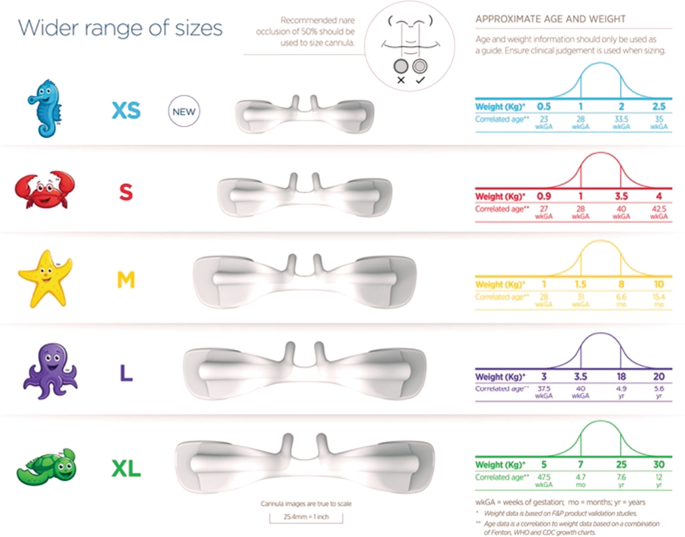
Practical Applications Of Nasal High Flow Therapy Springerlink
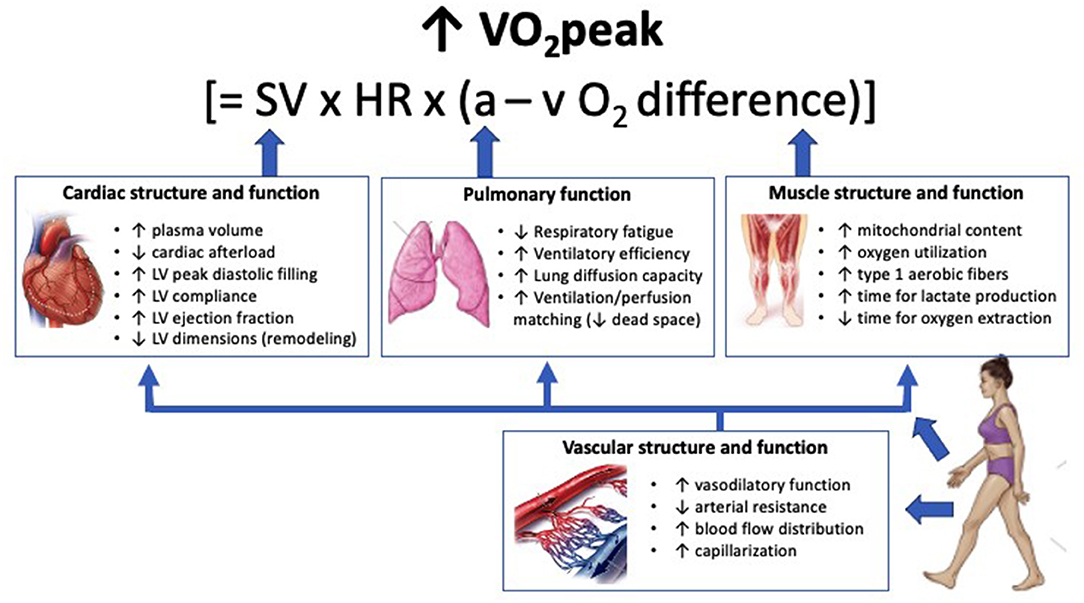
Frontiers Optimizing Outcomes In Cardiac Rehabilitation The Importance Of Exercise Intensity

Nasal High Flow Oxygen Therapy In Patients With Copd Reduces Respiratory Rate And Tissue Carbon Dioxide While Increasing Tidal And End Expiratory Lung Volumes A Randomised Crossover Trial Thorax

High Flow Nasal Cannula Therapy

The Considerations And Controversies In Using High Flow Nasal Oxygen With Self Prone Positioning In Sars Cov 2 Covid 19 Disease
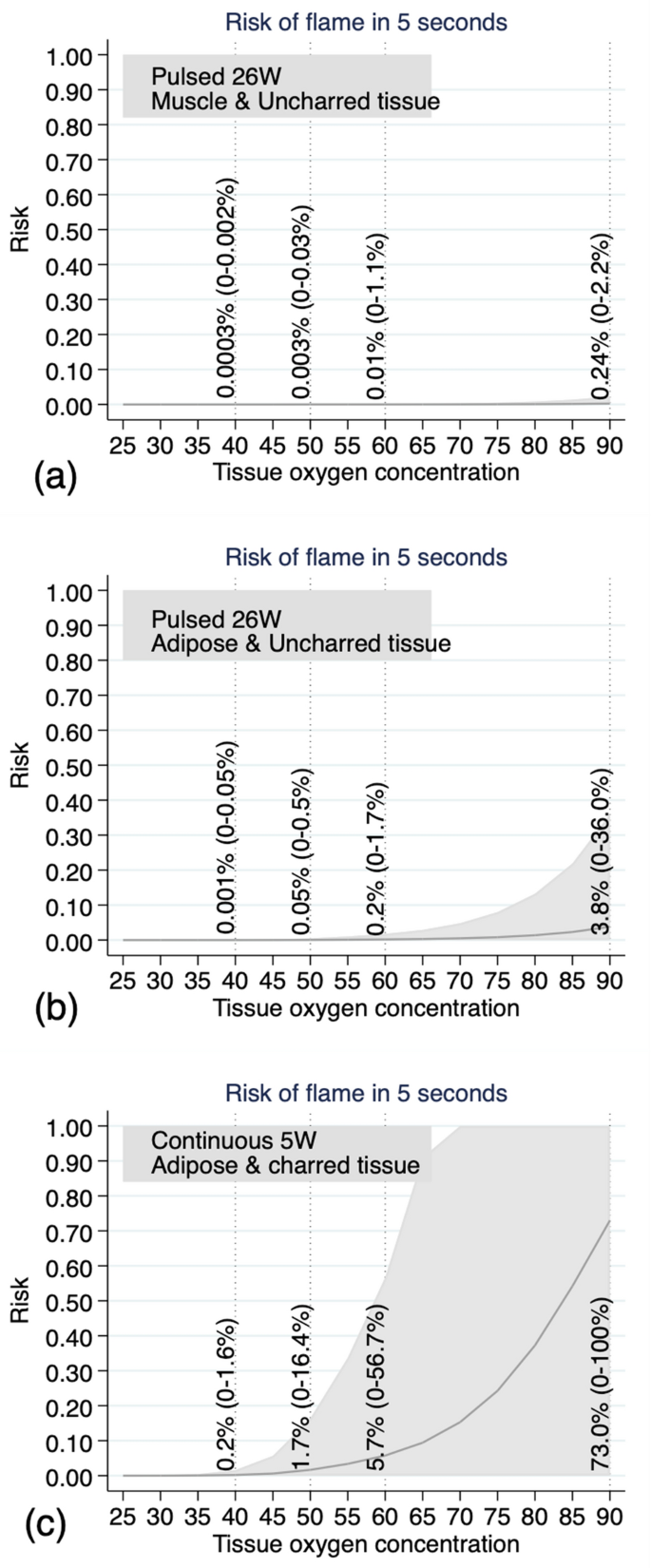
Risk Of Airway Fire With The Use Of Ktp Laser And High Flow Humidified Oxygen Delivery In A Laryngeal Surgery Model Scientific Reports

Oxygen Delivery Devices And Flow Rates Health And Willness

Implementing Target Range Oxygen In Critical Care A Quality Improvement Pilot Study Rosie Heartshorne Jenna Cardell Ronan O Driscoll Tim Fudge Paul Dark 2021
